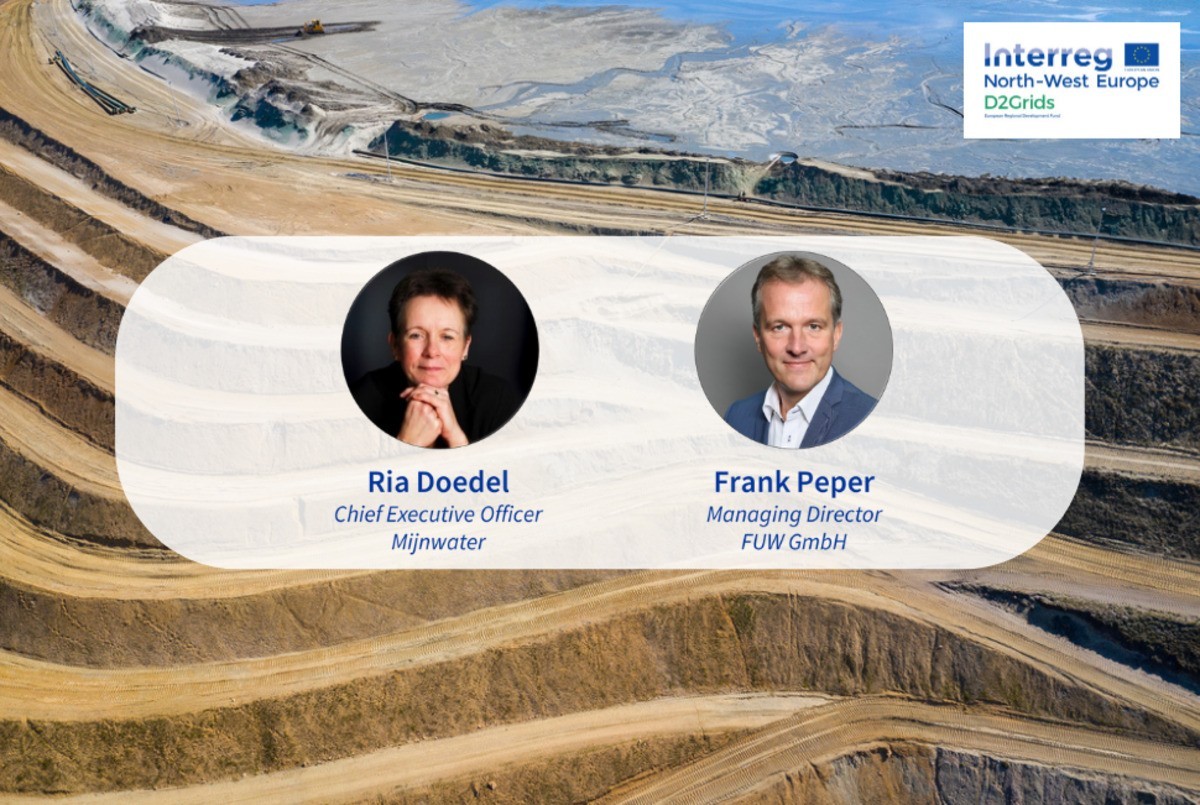5GDHC in practice: recovering heat from abandoned mines
D2Grids Project

Bochum and Heerlen are two cities using abandoned coal mines to implement fifth-generation district heating and cooling grids (5GDHC) in their regions.
Heerlen heating and cooling grid
One of the 5th generation heating and cooling (5GDHC) grid created by Mijnwater is in the city of Heerlen, in the region of Limburg, in the southern part of the Netherlands.
When the coal mines in the region were closed in 1974, the mines naturally filled up with groundwater, which is now being used for the 5GDHC grids. The system uses hot wells at 700 meters and cold wells at 200 meters below ground.
The goal of the Mijnwater heating and cooling grids is to enable sustainable living and working in Parkstad, a region that covers over 235 km2 and has a population of around 260,000 people. The area has a lot of existing buildings with high energy labels, and there has been a push to make these buildings more environmentally friendly. The demand for housing in the area is also increasing, especially for homes for young people and homes-for-life.
By using the abandoned mines in the area, the grid provides an affordable, reliable, and environmentally friendly source of heating and cooling.
The transition to heating and cooling grid is being done step by step, allowing residents and businesses in the area to gradually adapt to the new system. This gradual transition has been highly effective, and the Heerlen heating and cooling grid has been embraced by the local community.
Bochum heating & cooling grid
Bochum 5GDHC grid, in Germany, is an innovative system that is inspired by Heerlen’s heating and cooling grid. It was co-created by FUW GmbH and Stadtwerke Bochum Holding GmbH.
The grid is located in the Mark 51°7 area in Bochum, a former coal mine and Opel car factory site, is the location for this innovative energy concept.
It uses the water-filled cavities of the former coal mine as the primary source of heating and cooling, and provide it to the customers located around the site. Around 25 customers will be connected to the 5GDHC grid in Bochum.
Two boreholes, one 820 meters deep and the other 340 meters deep, were drilled to access the water from the mines. To provide heat, the mine water, which has a temperature of around 30°C, is extracted from the boreholes and heated to about 45°C using heat pumps. For cooling, the grid uses the shallowest borehole and pumps water from the mine, which is around 18°C. The completion of the heating and cooling grid is scheduled for 2024.
Watch the presentation of Heerlen's pilot site by Ria Doedel, Chief Executive Officer of Mijnwater, and Bochum's pilot site by Frank Peper, Managing Director at FUW GmbH
paul.capgras[a]construction21.fr




